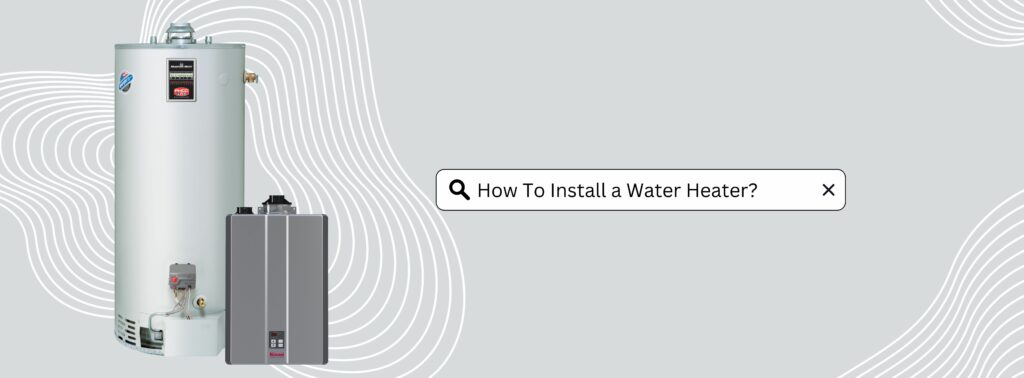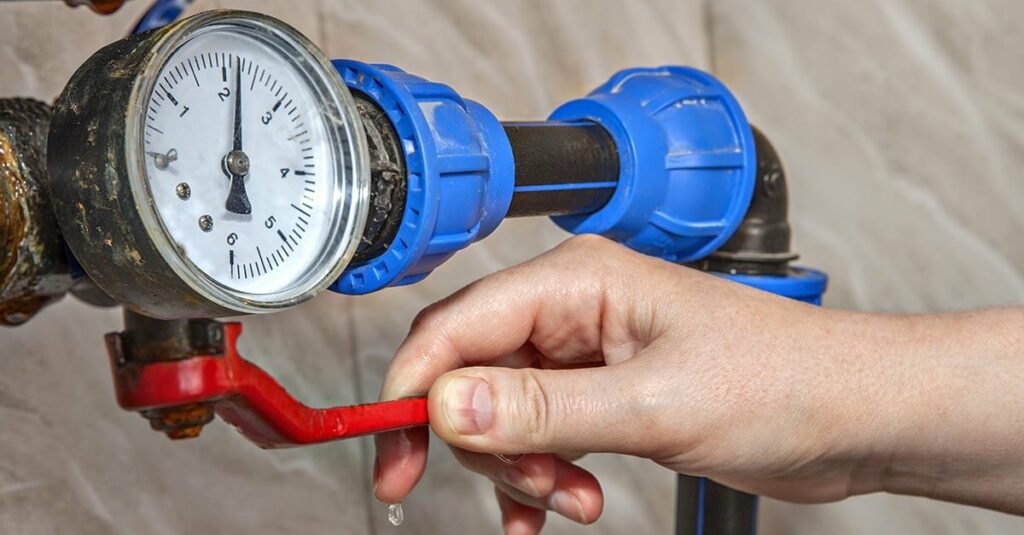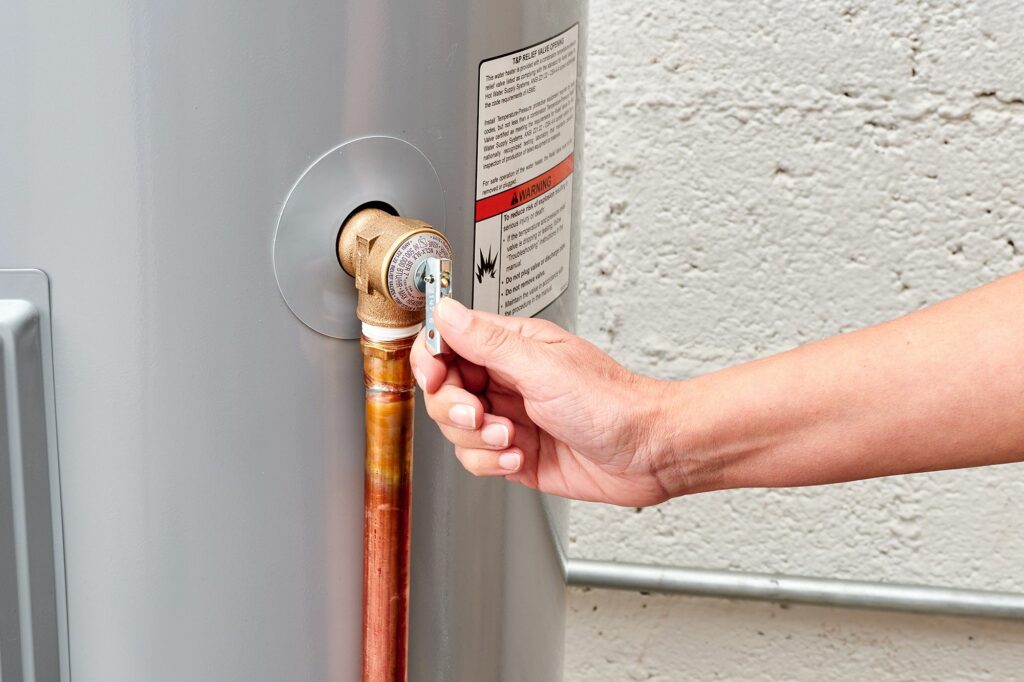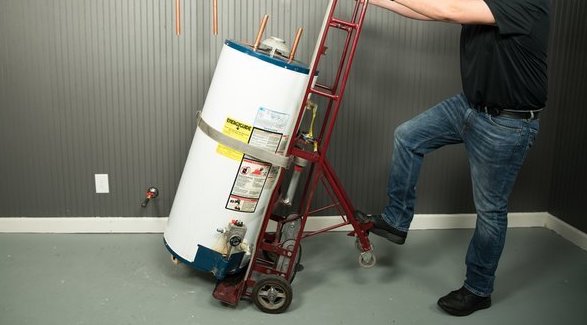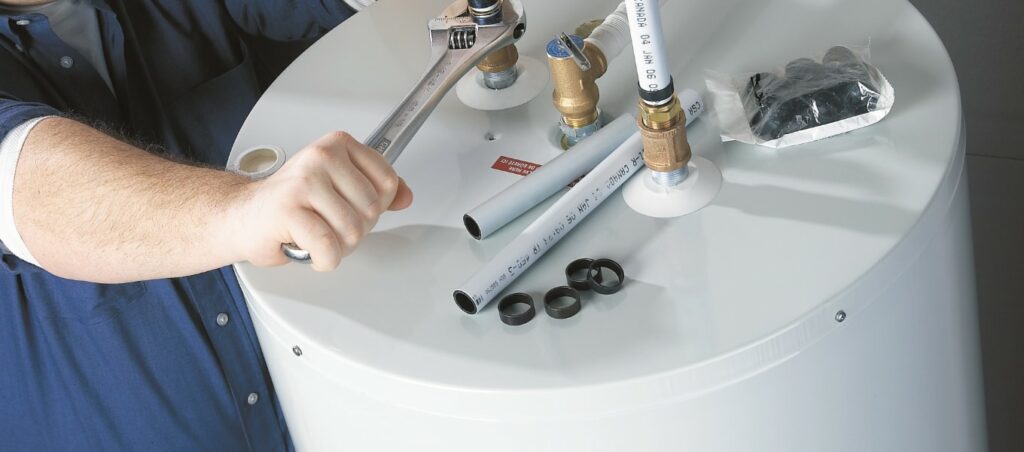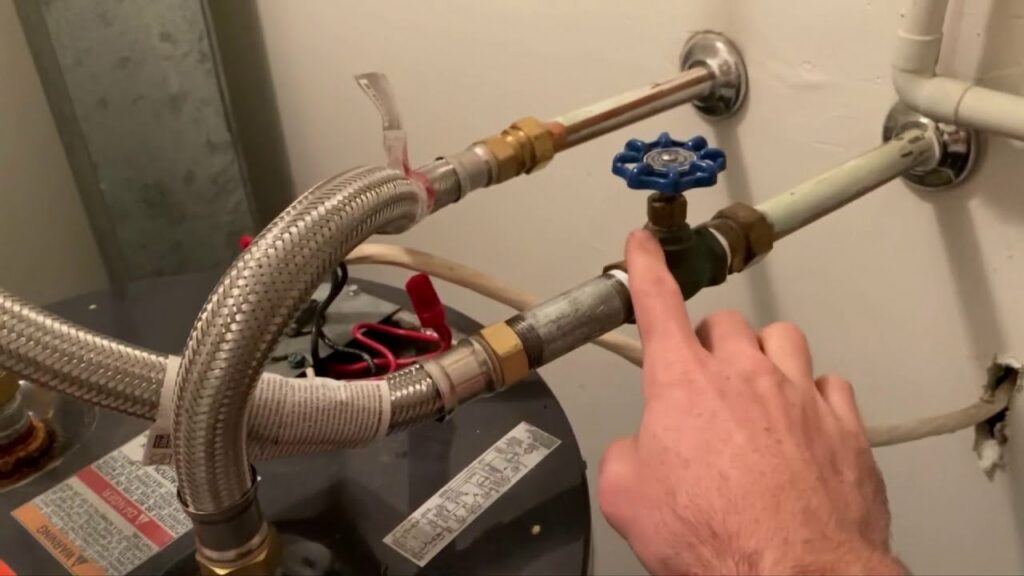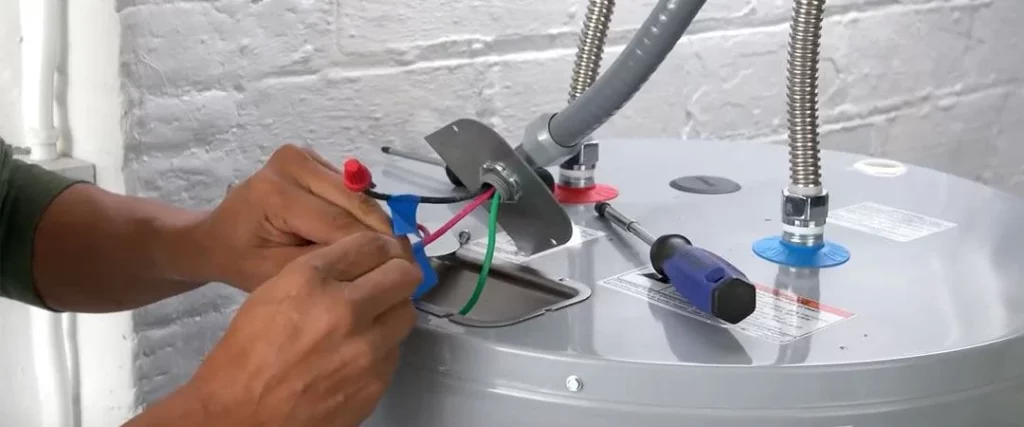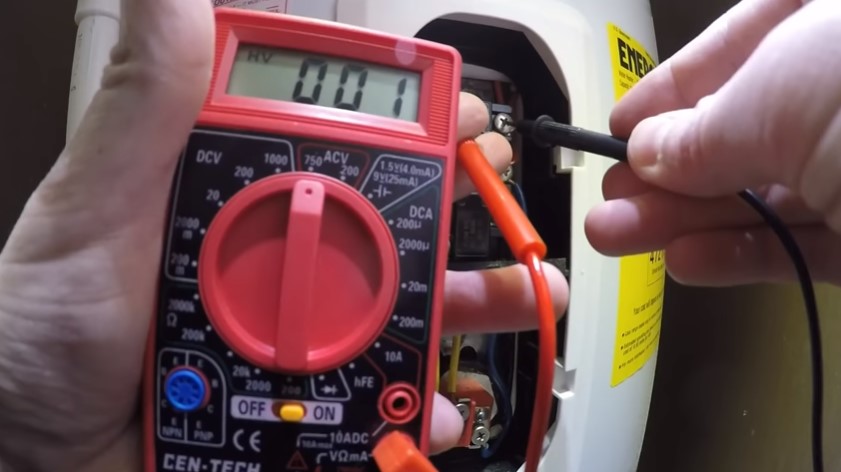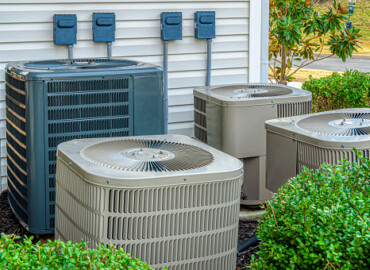How To Install a New Water Heater In Canada
When your water heater starts to leak or shows signs of malfunction, it’s time to consider replacing it. In this comprehensive guide, we will walk you through the process of installing a new water heater in Canada, whether it’s gas, electric, or tankless. We’ll cover the necessary tools, materials, and step-by-step instructions to ensure a successful installation. So, whether you’re a skilled DIYer or a professional plumber, this guide has you covered.
When to Replace Your Water Heater
There are several signs that your water heater needs replacing:
- Leaks: If you notice water pooling around the base of your water heater or rusty trails, it’s a clear indication that the tank has rusted through and needs replacement.
- Age: If your water heater is over 10 years old and starts showing signs of wear and tear, it’s time to consider replacing it.
- Inadequate hot water: If you’re experiencing insufficient or no hot water, it could be due to a malfunctioning heating element or thermostat, which may require replacement.
- Unusual noises: Strange sounds, such as rumbling, popping, or hissing, could indicate sediment buildup or a faulty heating element.
Choosing the Right Water Heater
There are three main types of water heaters: gas, electric, and tankless. Each has its advantages and disadvantages, so it’s essential to choose the right one for your needs.
- Gas water heaters: These are powered by natural gas or propane and are generally more energy-efficient than electric models. They can heat water faster and are suitable for larger households.
- Electric water heaters: These models use electricity to heat water and are generally easier to install than gas water heaters. They are ideal for smaller homes or areas where natural gas is not available.
- Tankless water heaters: Also known as on-demand water heaters, these models heat water as it flows through the unit, eliminating the need for a storage tank. They are highly energy-efficient and provide a continuous supply of hot water.
When selecting a water heater, consider factors such as your home’s energy source, available space, and hot water requirements.
Preparation and Safety Measures
Before starting the installation process, it’s essential to take some safety precautions:
- Obtain necessary permits: Contact your local department of inspections to determine if you need a permit for the installation.
- Hire a professional if needed: If you’re not confident in your skills or are dealing with gas or electrical connections, consider hiring a professional plumber or electrician.
- Shut off utilities: Turn off the gas or electricity supply to your current water heater and shut off the main water supply valve.
- Drain the old tank: Attach a garden hose to the drain valve and empty the tank into an appropriate drain or outside location.
How To Install a Water Heater
Step 1: Turn off the Power and Water Supply
Before removing the old water heater, turn off the power supply or gas valve and the water supply valve. You can locate the valves near the water heater. If you’re unsure, refer to the manufacturer’s instructions.
Next, turn on a hot water faucet in your house to relieve the pressure inside the tank. This will also allow air to enter the tank, making it easier to drain.
Step 2: Drain the Old Water Heater
Attach a garden hose to the drain valve located near the bottom of the old water heater. Place the other end of the hose in a nearby drain or outdoors. Open the drain valve and allow the tank to drain completely.
Once the tank is empty, open the pressure relief valve to allow air into the tank, allowing it to drain faster.
Step 3: Remove the Old Water Heater
Using pipe wrenches, disconnect the hot and cold water supply lines and the gas line (if using a gas water heater). Carefully remove the old water heater and dispose of it properly.
Step 4: Install the New Water Heater
Place the new water heater in the same location as the old one. Ensure that it’s level and stable. Connect the hot and cold water supply lines and the gas line (if using a gas water heater) using Teflon tape and pipe thread compound.
Step 5: Connect the Water Supply
Turn on the water supply valve and allow the tank to fill up. Check for any leaks in the connections. If there are no leaks, turn off the hot water faucet you turned on earlier.
Step 6: Connect the Power Supply
If you’re using an electric water heater, connect the power supply and turn it on. If you’re using a gas water heater, turn on the gas valve and light the pilot light according to the manufacturer’s instructions.
Step 7: Test the Water Heater
Turn on a hot water faucet and check the temperature of the water. Adjust the thermostat accordingly. Also, check for any leaks around the water heater.
How To Install a Gas Water Heater
Follow these steps to install a new gas water heater:
- Remove the old water heater and clean the installation area.
- Position the new water heater, ensuring at least 6 inches of clearance on all sides for proper ventilation.
- Level the water heater using a carpenter’s level and plastic shims, if necessary.
- Install the temperature and pressure relief valve (T&P valve) and overflow pipe.
- Connect the gas supply line using the appropriate fittings and a gas-rated Teflon tape or joint compound.
- Attach the flue pipe and draft diverter according to the manufacturer’s instructions.
- Install the anticorrosion anode rod, if not already installed in the new unit.
How To Install an Electric Water Heater
Here are the steps to install an electric water heater:
- Remove the old water heater and clean the installation area.
- Position the new water heater, ensuring at least 6 inches of clearance on all sides for proper ventilation.
- Level the water heater using a carpenter’s level and plastic shims, if necessary.
- Install the T&P valve and overflow pipe.
- Attach the heating elements, if not pre-installed, following the manufacturer’s instructions.
- Install the heat trap fittings and water line connections, ensuring proper direction for water flow.
How To Install a Tankless Water Heater
To install a tankless water heater, follow these steps:
- Choose a suitable location for the unit, ensuring it complies with the manufacturer’s guidelines and local code requirements.
- Mount the unit on the wall using the provided mounting brackets and hardware.
- Connect the water supply lines, making sure to install the supplied filter on the cold water inlet.
- For gas-powered tankless water heaters, connect the gas supply line using the appropriate fittings and a gas-rated Teflon tape or joint compound.
- For electric tankless water heaters, connect the electrical supply according to the manufacturer’s instructions.
- Install the venting system for gas-powered units, following the manufacturer’s guidelines and local code requirements.
Common Installation Mistakes to Avoid
Some common mistakes to avoid when installing a water heater include:
- Using the wrong size of water heater for your household’s needs
- Not taking proper safety precautions
- Forgetting to turn off the power and water supply before installation
- Over-tightening connections, which can cause leaks
- Not testing the water heater before completing the installation
- By avoiding these mistakes, you can ensure a successful and safe installation.
Post-Installation Tips and Maintenance
After successfully installing your new water heater, follow these tips to ensure its optimal performance and longevity:
- Insulate the hot water pipes to minimize heat loss and save energy.
- Schedule regular maintenance checks to detect potential issues and prolong the life of your water heater.
- Drain and flush the tank annually to remove sediment buildup and improve efficiency.
- Check the T&P valve and anode rod periodically to ensure proper functioning and prevent corrosion.
In conclusion, installing a new water heater in Canada can be a manageable task if you follow the proper steps, adhere to local code requirements, and take necessary safety precautions. Whether you’re replacing an old unit or installing a new one, this guide provides the necessary information to ensure a successful installation and a steady supply of hot water for your home.
Video: How To Install Your Water Heater
Conclusion and Final Thoughts
Installing a water heater may seem like a daunting task, but by following these steps, you can do it like a pro. Remember to take all the necessary safety precautions, gather all the tools and materials, and avoid common installation mistakes. If you’re unsure about any step or encounter any issues during the installation process, don’t hesitate to consult with a professional plumber.
Now that you know how to install a water heater, it’s time to get to work and enjoy the benefits of a reliable and efficient water heating system.
Need help with your water heater installation? Contact us today for professional water heater installation services.
FAQ
Is it OK to install a water heater yourself?
Yes, it is possible to install a water heater yourself, but it is recommended to hire a professional plumber for safety and to ensure proper installation.
Can you install your own water heater in Ontario?
Yes, you can install your own water heater in Ontario, but it is advisable to consult local regulations and consider hiring a licensed professional for safety and compliance.
How much does it cost to install a water heater in Canada?
The cost of installing a water heater in Canada can vary depending on factors such as the type of water heater, location, labor costs, and any additional modifications required. On average, it can range from $500 to $1,500 or more.
How much does it cost to install a water heater in Ontario?
The cost of installing a water heater in Ontario may vary depending on factors such as the type of water heater, location, labor costs, and any additional modifications needed. On average, it can range from $500 to $1,500 or more.
What is the life expectancy of a hot water tank?
The life expectancy of a hot water tank can vary depending on factors such as the quality of the tank, maintenance, and usage. On average, a traditional tank-style water heater can last 8 to 12 years, while tankless water heaters can last 20 years or more. Regular maintenance can help prolong the lifespan of a water heater.

